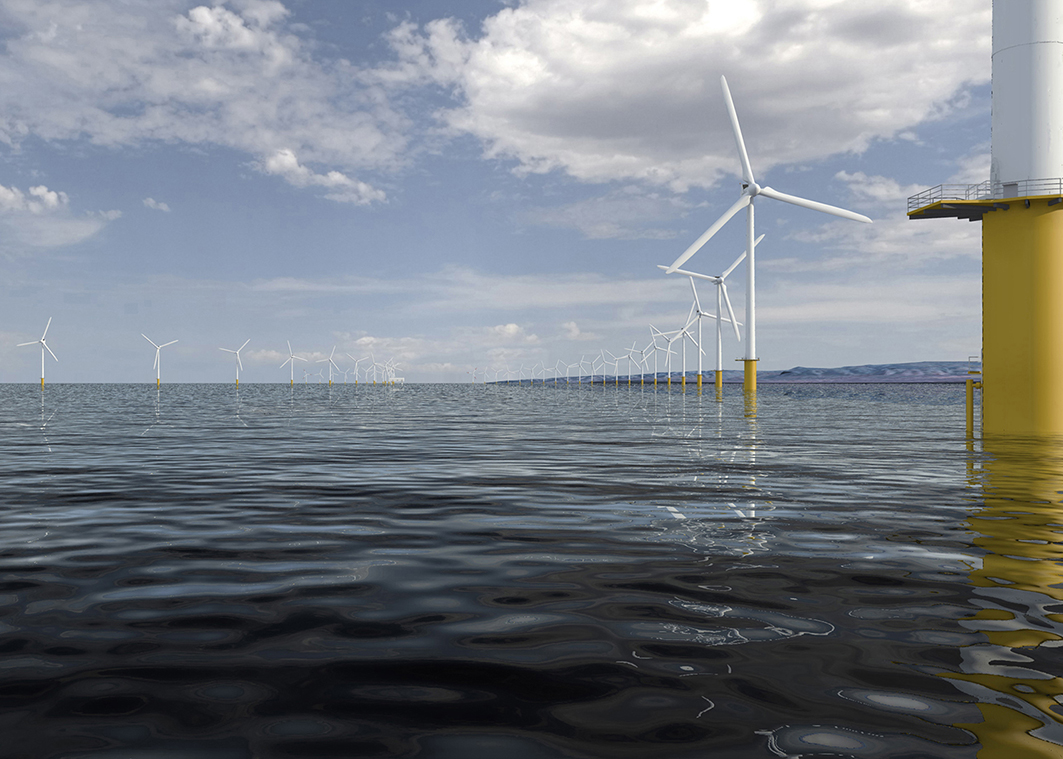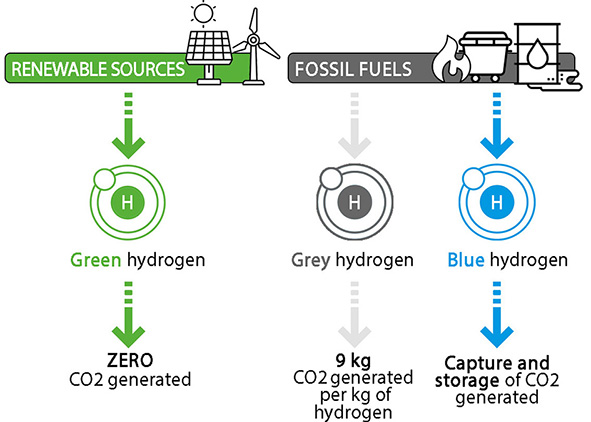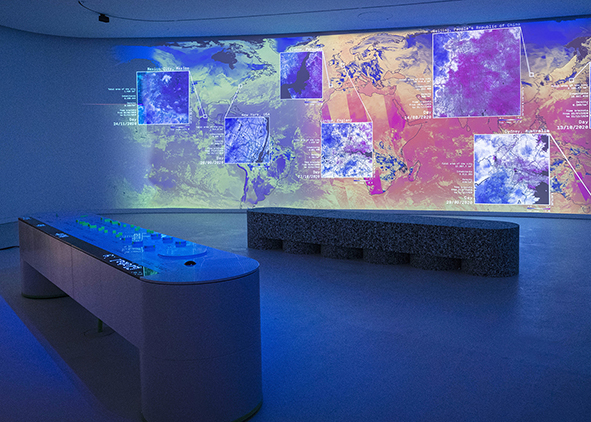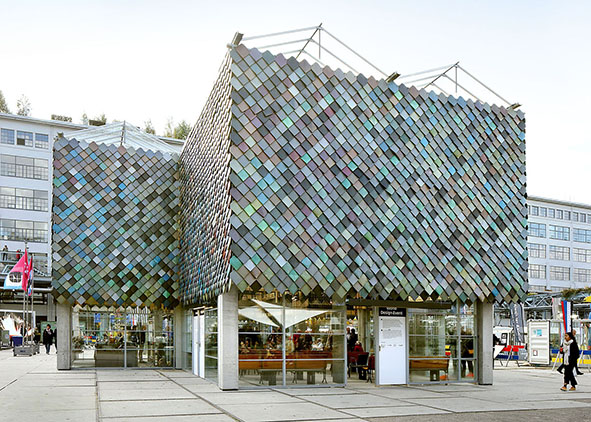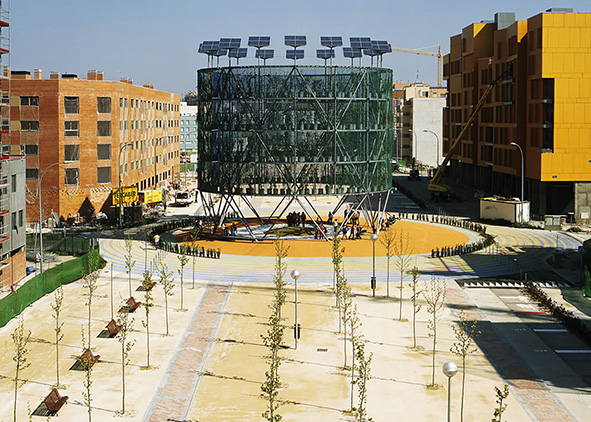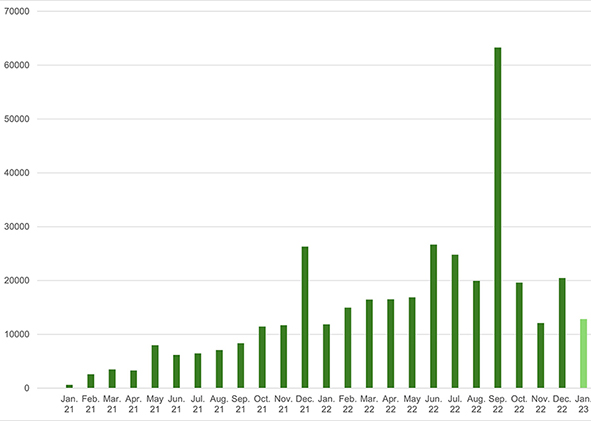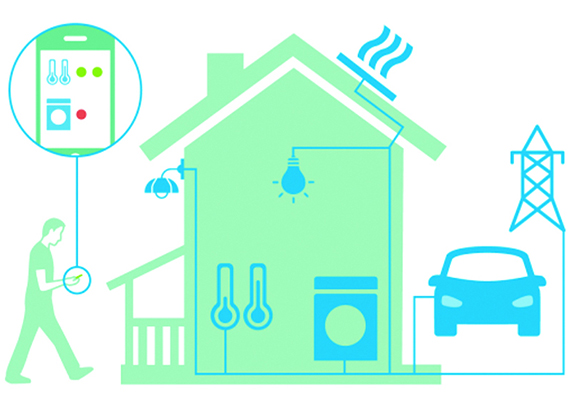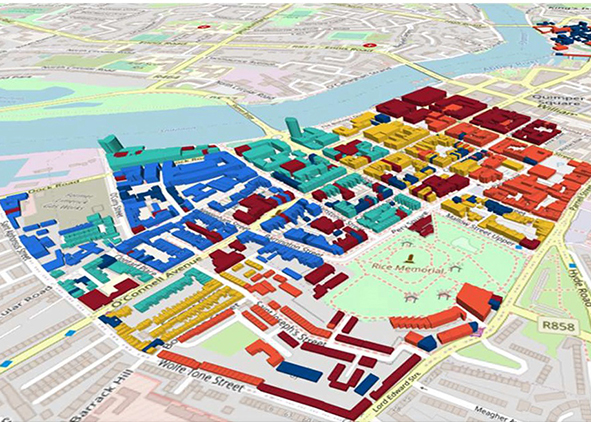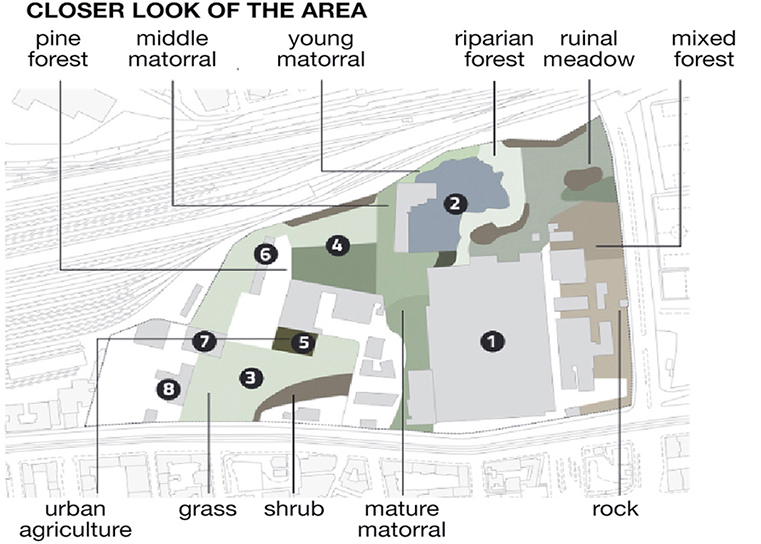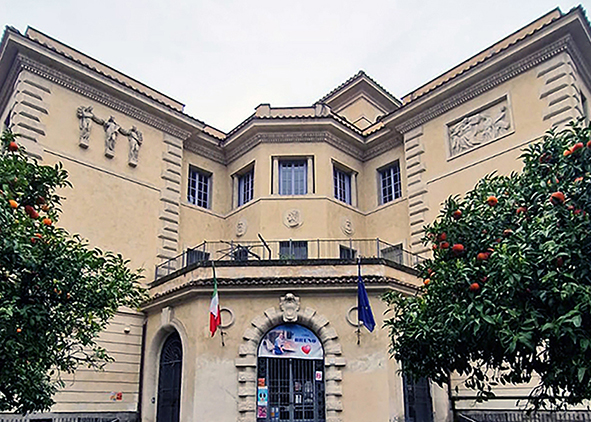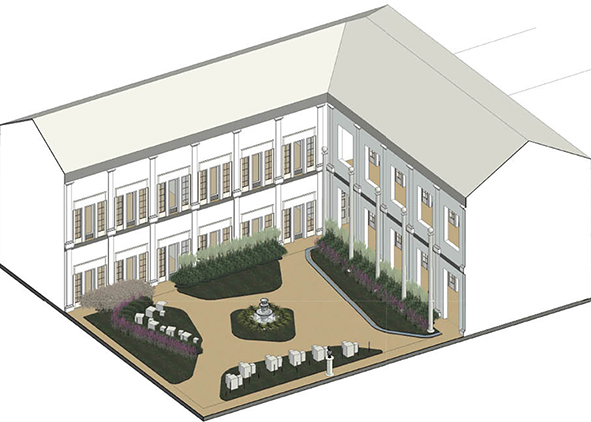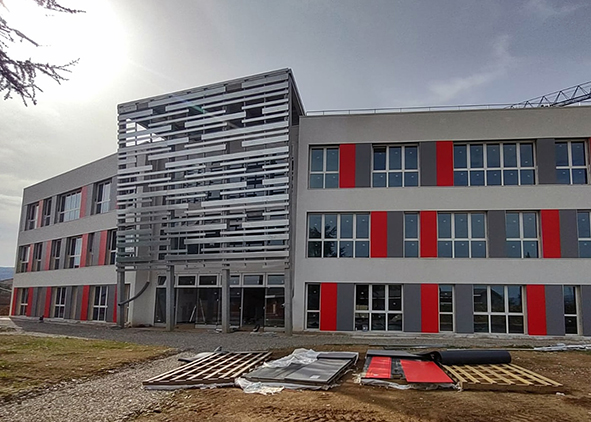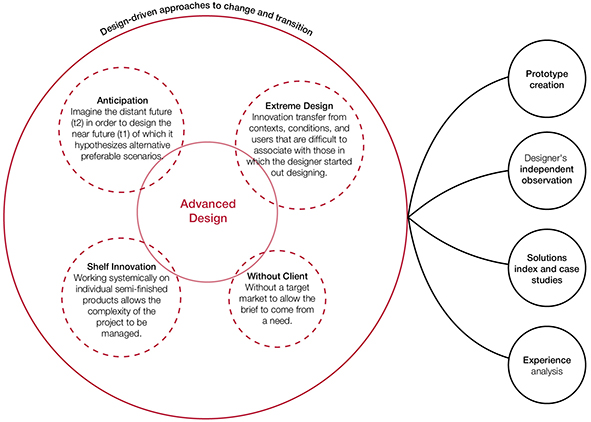
AGATHÓN
International Journal
of Architecture, Art and Design
ISSN (online) 2532-683X
ISSN (print) 2464-9309
Vol. 15 (2024): INNOVABILITY | Energy Transition

Volume 15 of AGATHÓN follows on from its predecessors on Innovability©® | Digital Transition and Innovability©® | Ecological Transition, aware of its pressing topicality but also of the scope that the proposal of a threefold key of interpretation suggests. We have clarified the meaning of the term ‘innovability’©®, formerly in use in the economic and social sciences, which is attributed to a renewed driving force for a new paradigm of development that expresses one of the most crucial challenges of our time and the need for a ‘solidary’ convergence between the two inescapable instances of ‘innovation’ and ‘sustainability’, as if they were opposites and contrasts: beyond the term used, in a historical moment characterised by environmental, social and economic emergencies, Humanity promotes one of its prerogatives, the use of the ‘things’ that nature makes available to us to do something other than their primary function (innovation), aware that those resources are not inexhaustible (sustainability). In this context, which must always look forward, we must design our best political and systemic actions to promote the need to innovate by using the Planet’s resources well and consciously.
The goals of climate neutrality by 2050 and the reduction of CO2 emissions by 55% (compared to the 1990 level) by 2030 (European Commission, 2019, 2021) pose the European Union, and even more so the rest of the world, with several complex issues, including a significant increase in ‘clean’ energy production from alternative and renewable sources, the reduction of energy poverty, greater security of energy supply and a drastic decrease in dependence on energy imports; at the same time, the aim is to foster modern economic growth decoupled from the use of non-renewable resources, the creation of new jobs, and to generate environmental and health benefits, objectives with inevitable cultural, political, economic, production, technological and social implications to be addressed both within one’s borders and in foreign policy. The energy transition is, therefore, complex and challenging to implement because it involves ‘everything’ and is needed ‘everywhere’ but also because globally, primary energy consumption has been steadily increasing for at least half a century.
The theoretical and experimental framework presented in Volume 15 of AGATHÓN demonstrates how energy, ecological and digital transitions can contribute synergistically to achieving the goals of decarbonisation and climate neutrality. The contributions published in the form of essays and research papers appear consistent with the 2022 Strategic Foresight Report (European Commission, 2022) based on the JRC report entitled Towards a Green and Digital Future – Key Requirements for Successful Twin Transitions in the European Union (Muench et alii, 2022) and founded on the fundamental concepts of (a) ‘twin’ transitions, as the key to a sustainable, fair and competitive future; (b) ‘just’ transition, for widespread acceptance of green and digital solutions to mitigate consumption and improve efficiency; (c) ‘integrated approach’ to challenges, to maximise the benefits of synergies and better manage risks. From the published contributions, it emerges the need for a paradigm shift that, on the one hand, is characterised by a ‘sufficiency’ approach (regarding new land occupation and new constructions) and a circular economy (to limit the use of non-renewable resources) capable of exploiting the potential of technologies for the new services made possible by digitisation, and on the other hand, relies on new user awareness of the limits of the Planet, pursuable through ‘soft’ urgent actions that are robust, flexible and easy to implement as they require a lower financial commitment. We assume that community energy renewable energy production from hydrogen and production chains can help mitigate greenhouse gas emissions. In that case, the vast existing real estate heritage is an area in which it is possible to intervene effectively, even where it has a historical and cultural value, using tools such as digital twins or analysis methodologies capable of assessing ex-ante the impacts on the ecosystem and prefigure scenarios for cities, buildings and production processes aimed at sustainable development and compatible with the urgent objectives set for 2030 and 2050. These are some of the strategies, pathways, measures and actions that can take place by exploiting the availability of the substantial financial resources allocated by governments for transitions, stimulating the sensitivity of local administrators and enhancing the skills and transversal competencies of technicians and operators in the sector, but also and above all by raising users’ awareness of the risks posed by climate change, to activate their ‘behavioural’ response to the consumption of energy and non-renewable natural resources.
